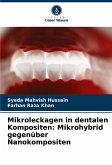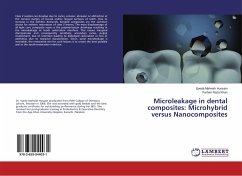
Broschiertes Buch
1. August 2024
Verlag Unser Wissen

25,99 €
Versandfertig in 6-10 Tagen
Broschiertes Buch
6. November 2017
LAP Lambert Academic Publishing
25,99 €
Versandfertig in 1-2 Wochen
Broschiertes Buch
1. August 2024
Ediciones Nuestro Conocimiento
25,99 €
Versandfertig in 6-10 Tagen
Broschiertes Buch
1. August 2024
Edizioni Sapienza
25,99 €
Versandfertig in 6-10 Tagen
Broschiertes Buch
1. August 2024
Edições Nosso Conhecimento
25,99 €
Versandfertig in 6-10 Tagen
Broschiertes Buch
1. August 2024
Editions Notre Savoir
Ähnliche Artikel



Broschiertes Buch
eine herausnehmbare Apparatur, die alle natürlichen Zähne im Ober- oder Unterkiefer ersetzt
19. Januar 2024
Verlag Unser Wissen

Broschiertes Buch
Durch präzise Okklusion zum Implantaterfolg
16. November 2023
Verlag Unser Wissen

Broschiertes Buch
Ein Leitfaden für moderne Zahnersatztechnologien
22. Juli 2024
Verlag Unser Wissen

Broschiertes Buch
Vergangenheit und Gegenwart
31. August 2023
Verlag Unser Wissen


Broschiertes Buch
21. November 2023
Verlag Unser Wissen

Broschiertes Buch
14. Dezember 2023
Verlag Unser Wissen
Ähnlichkeitssuche: Fact®Finder von OMIKRON
